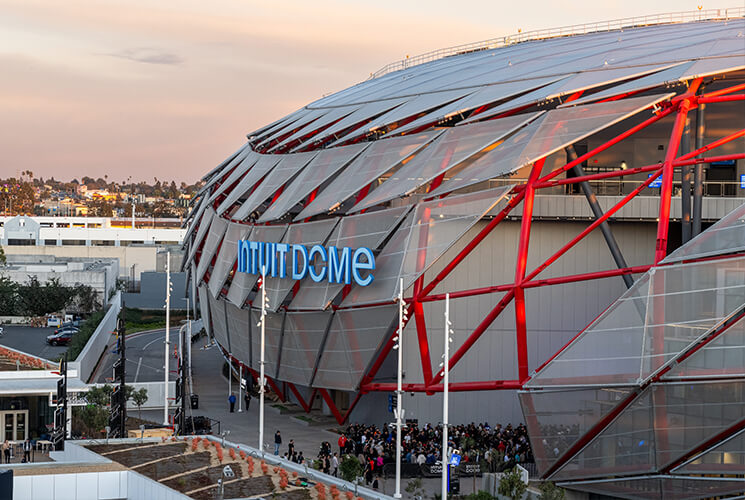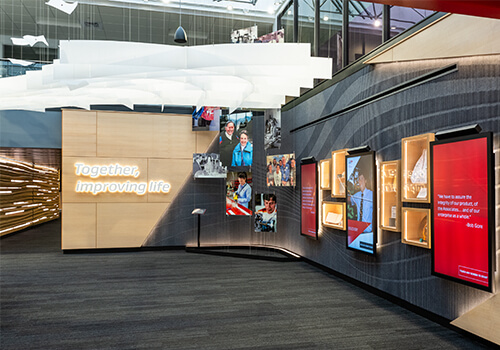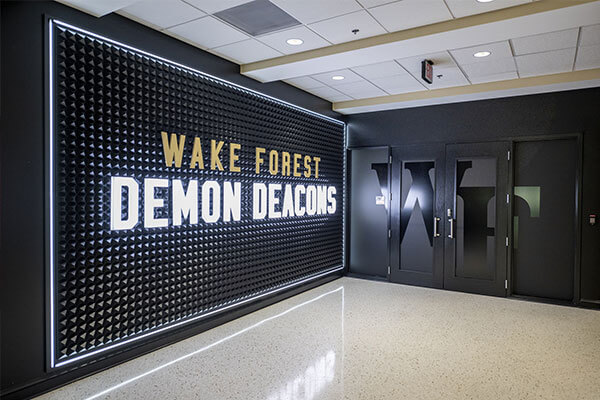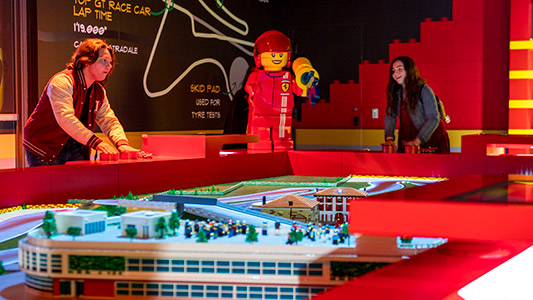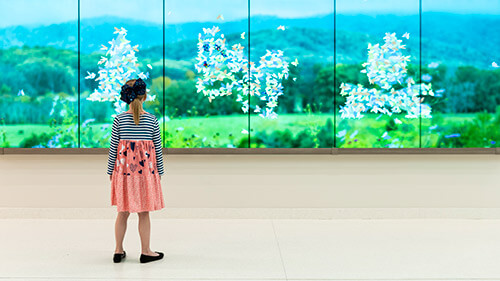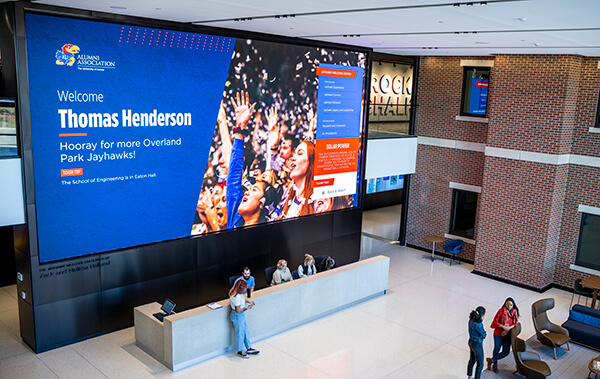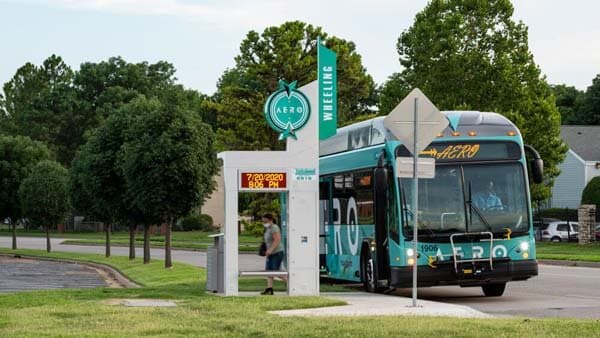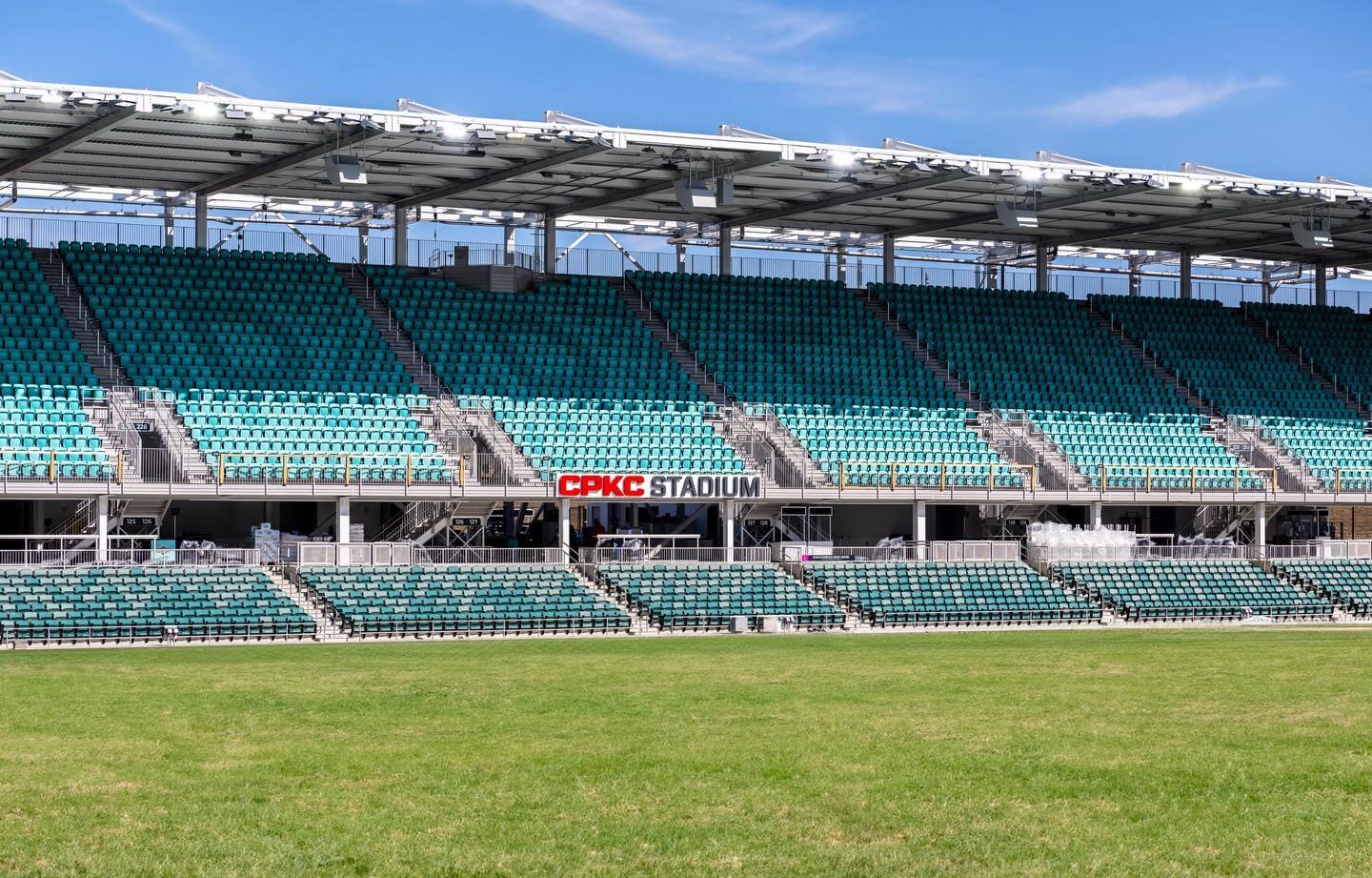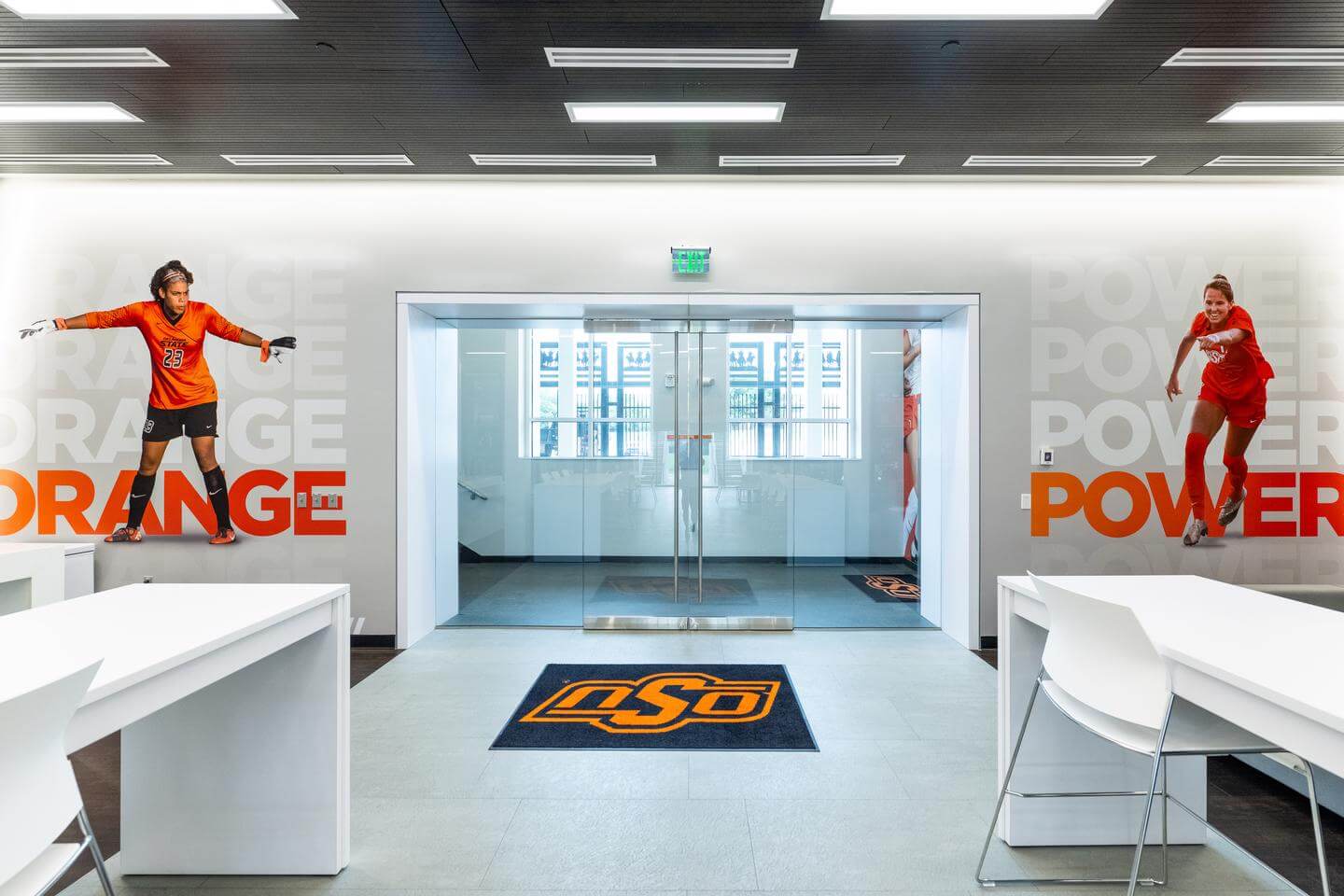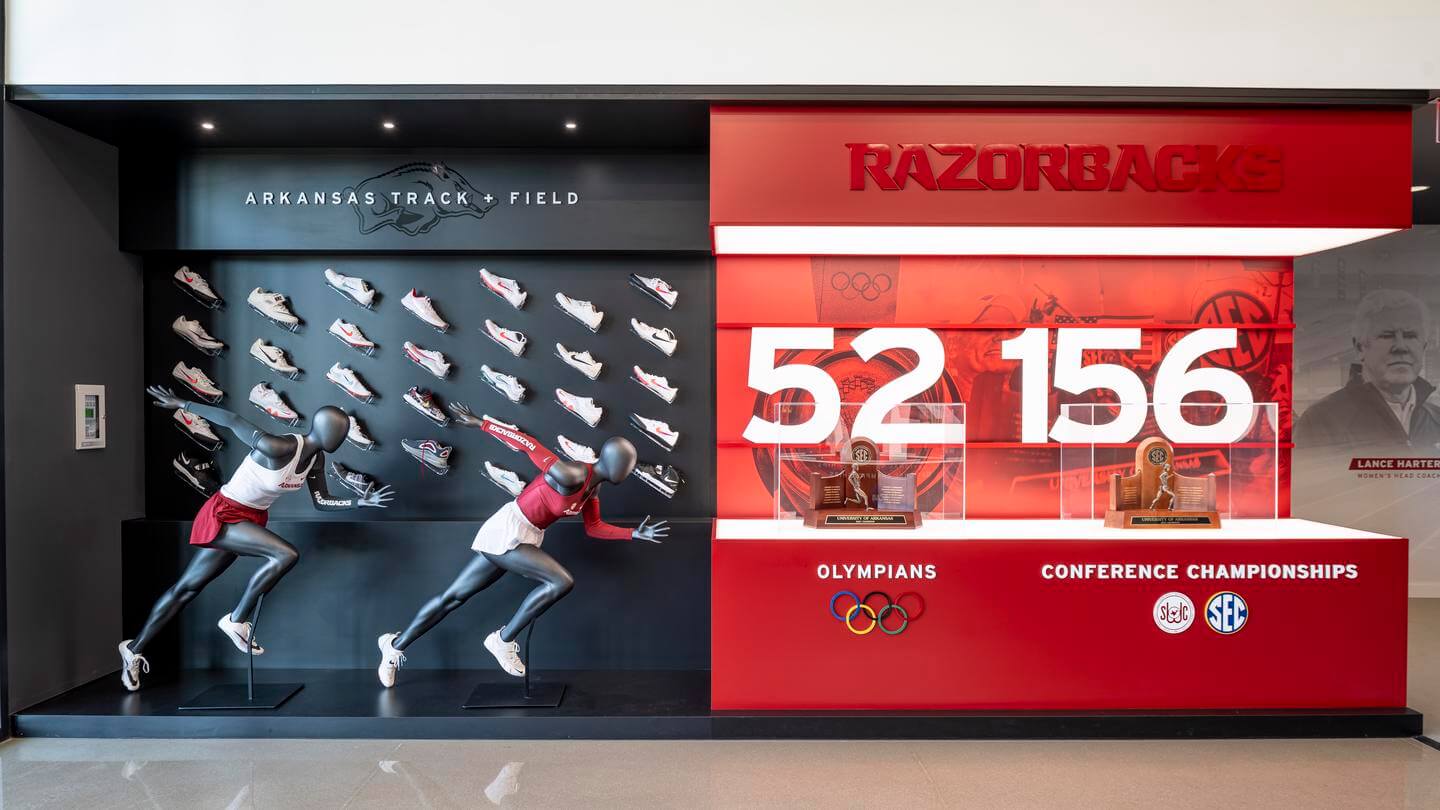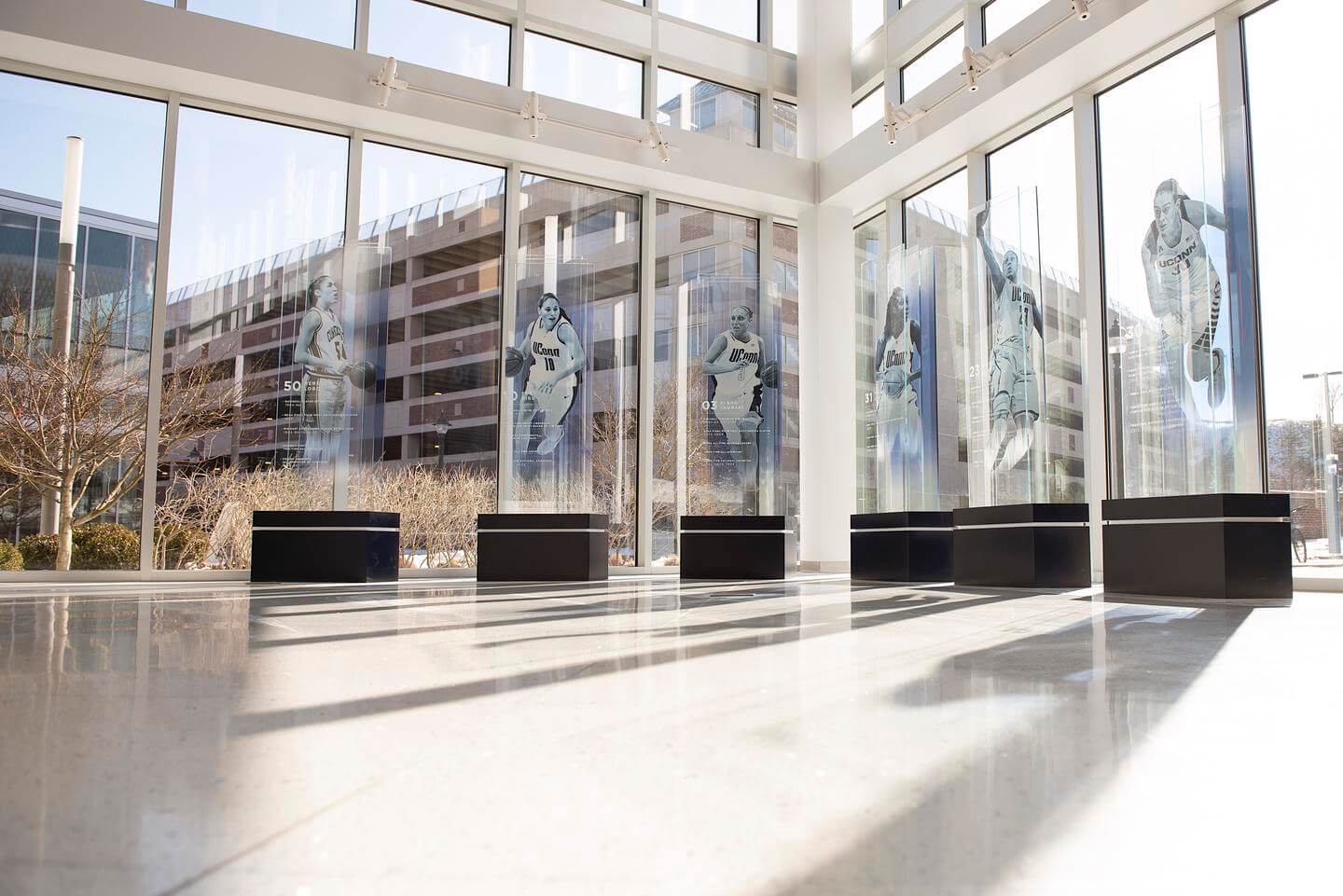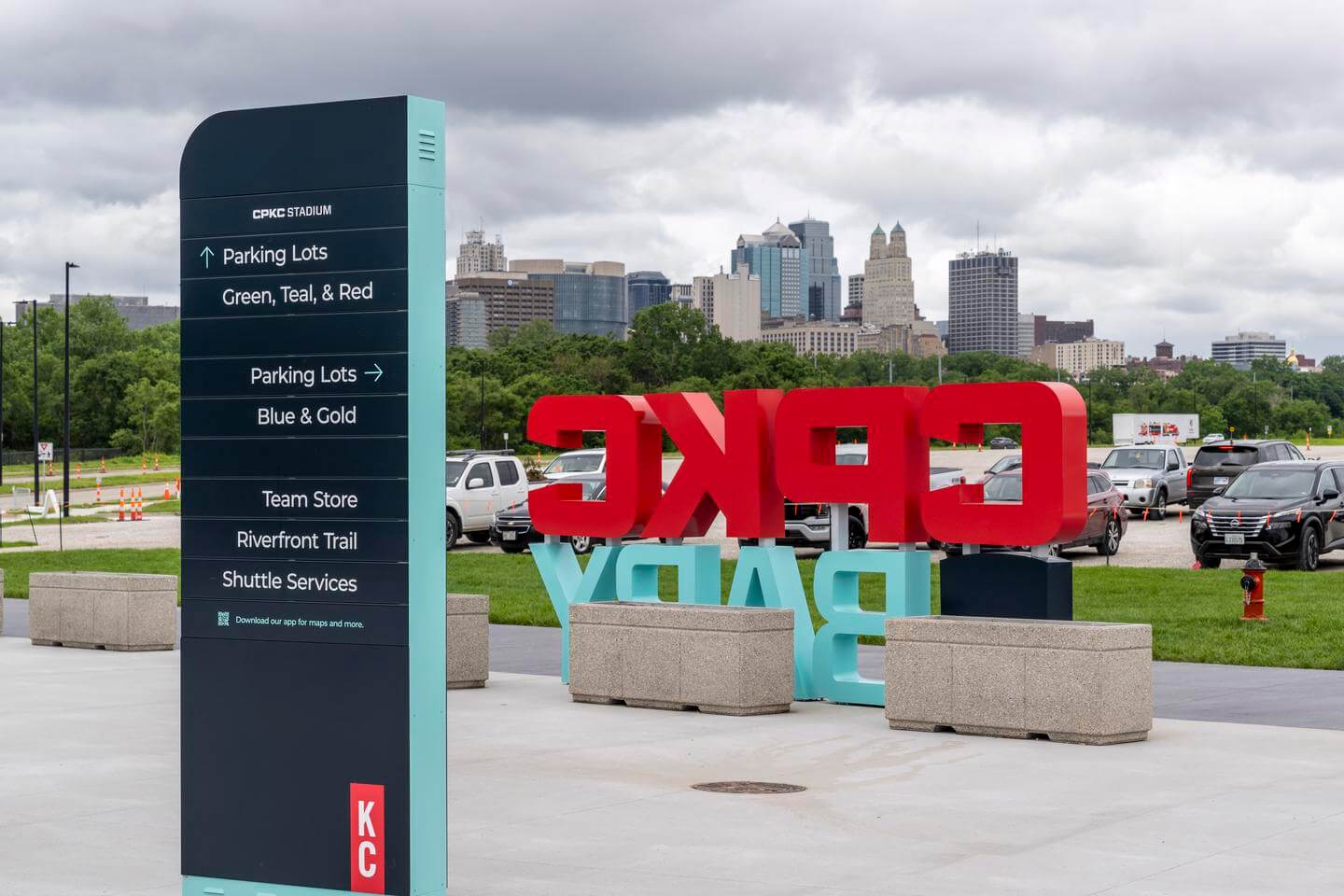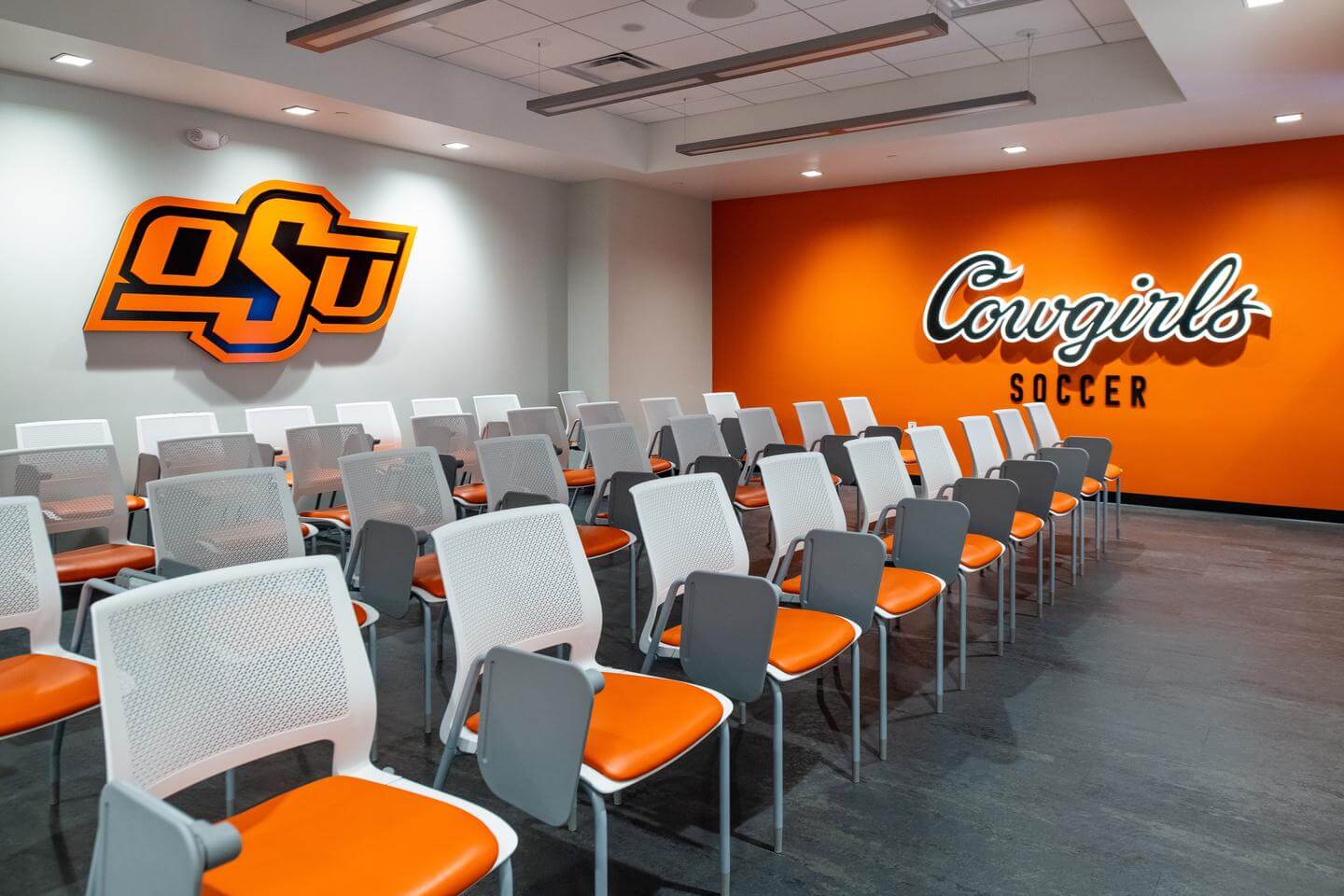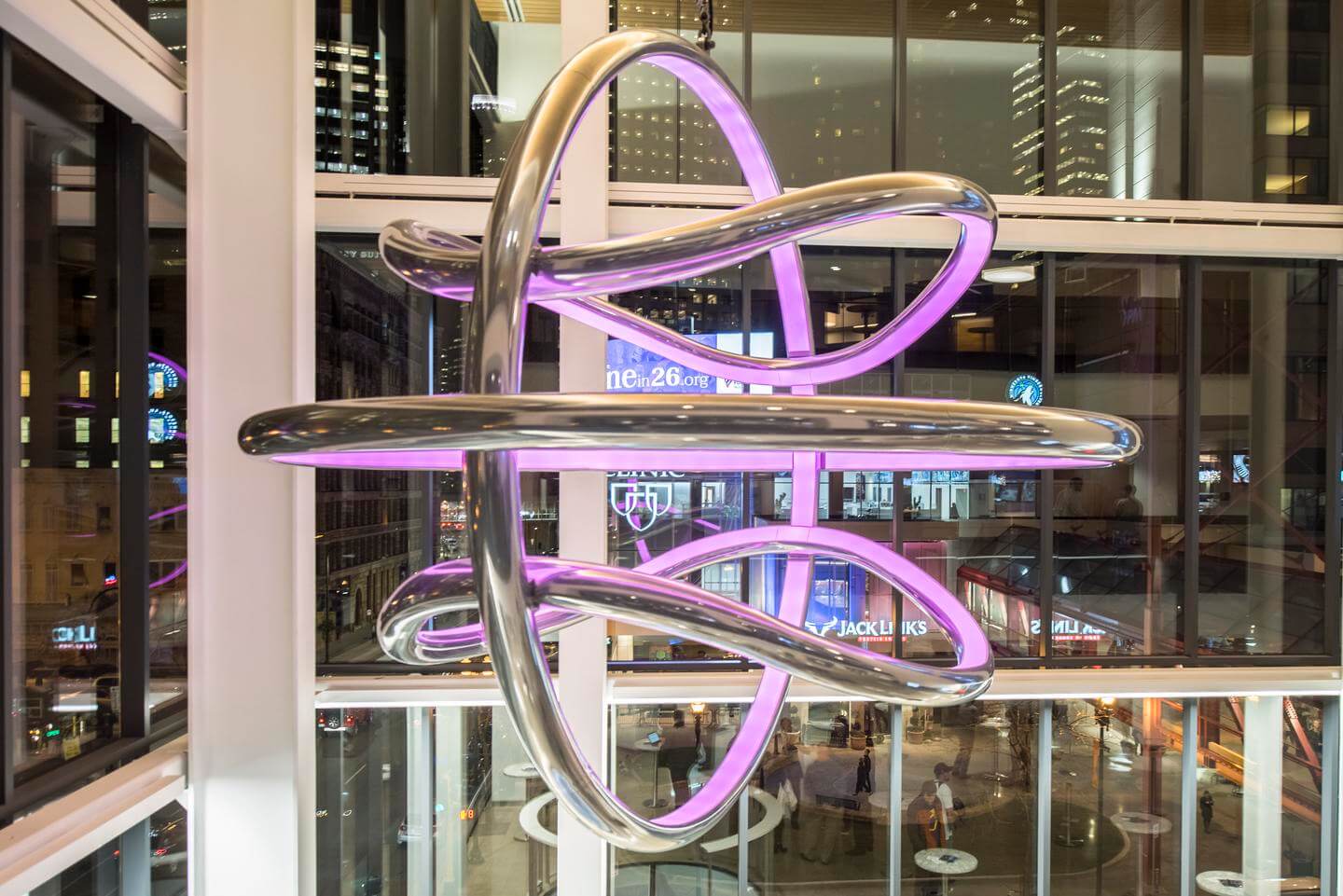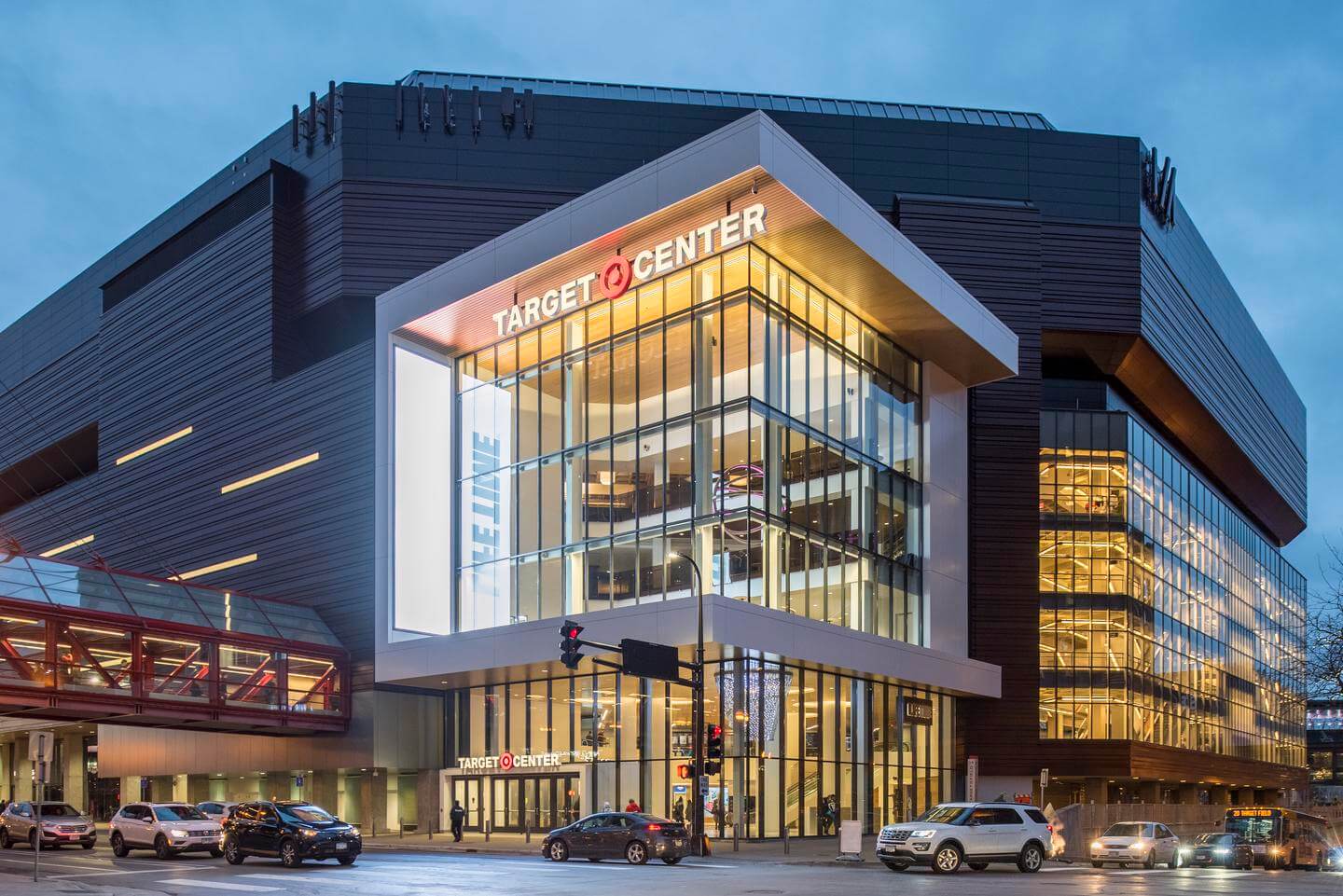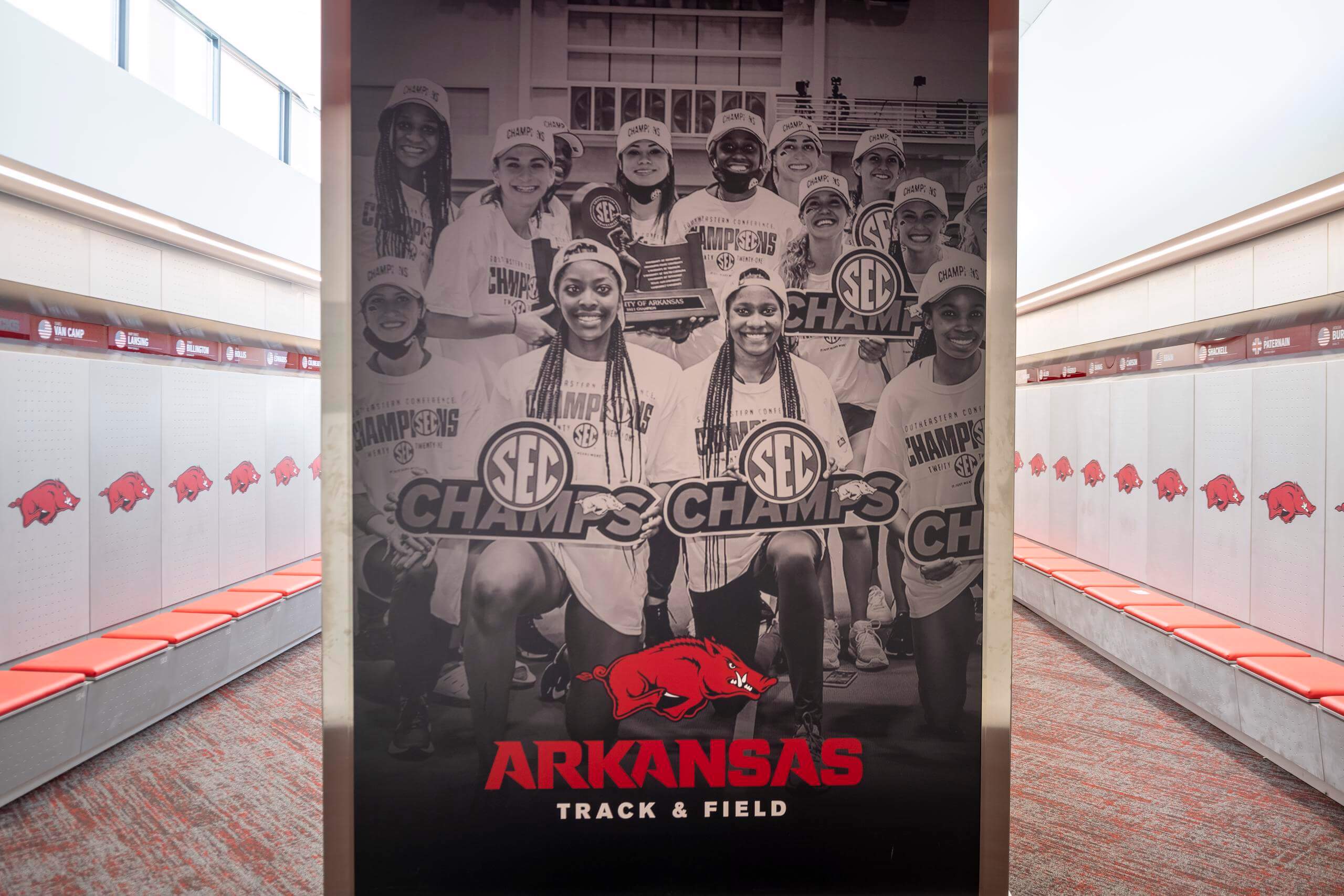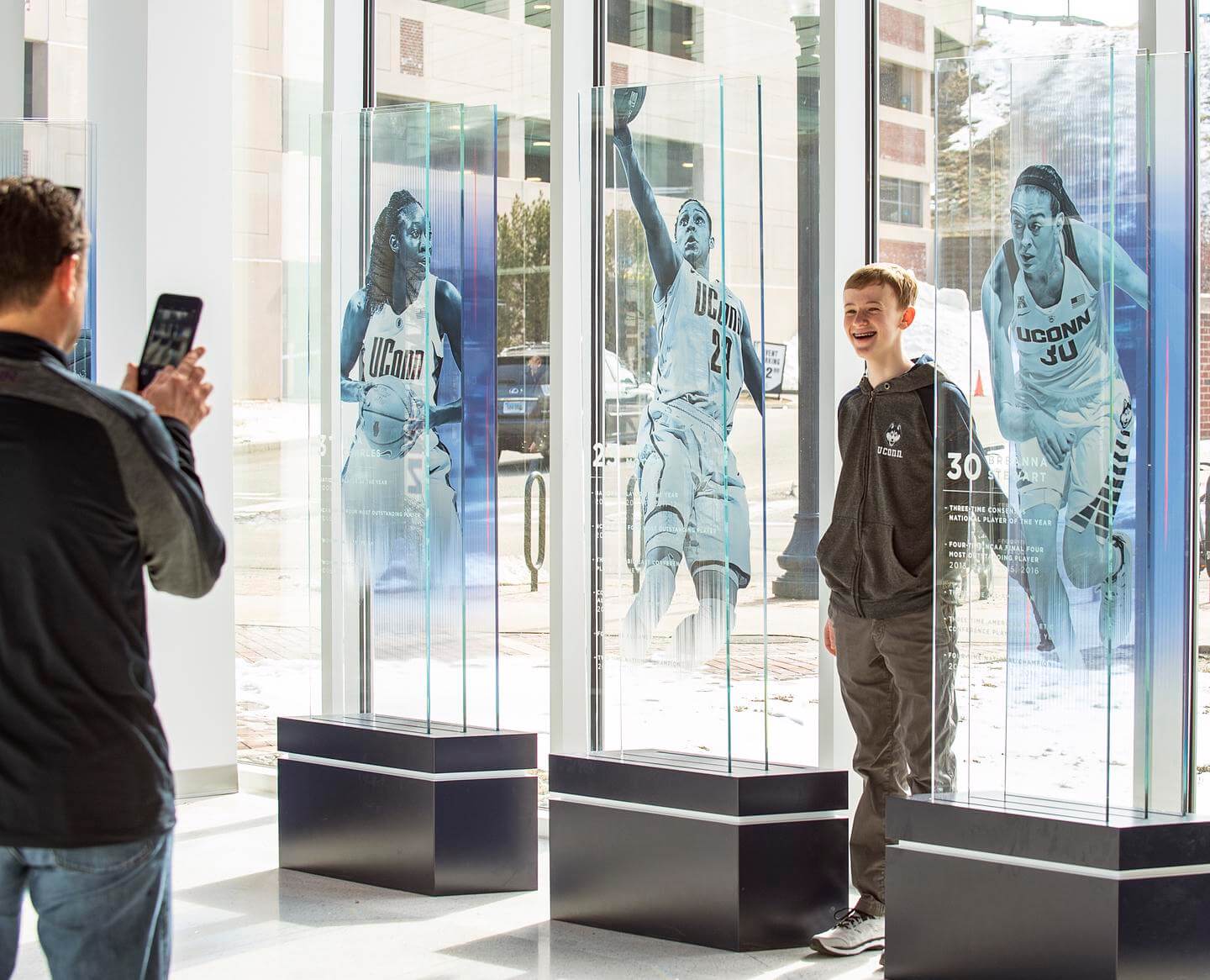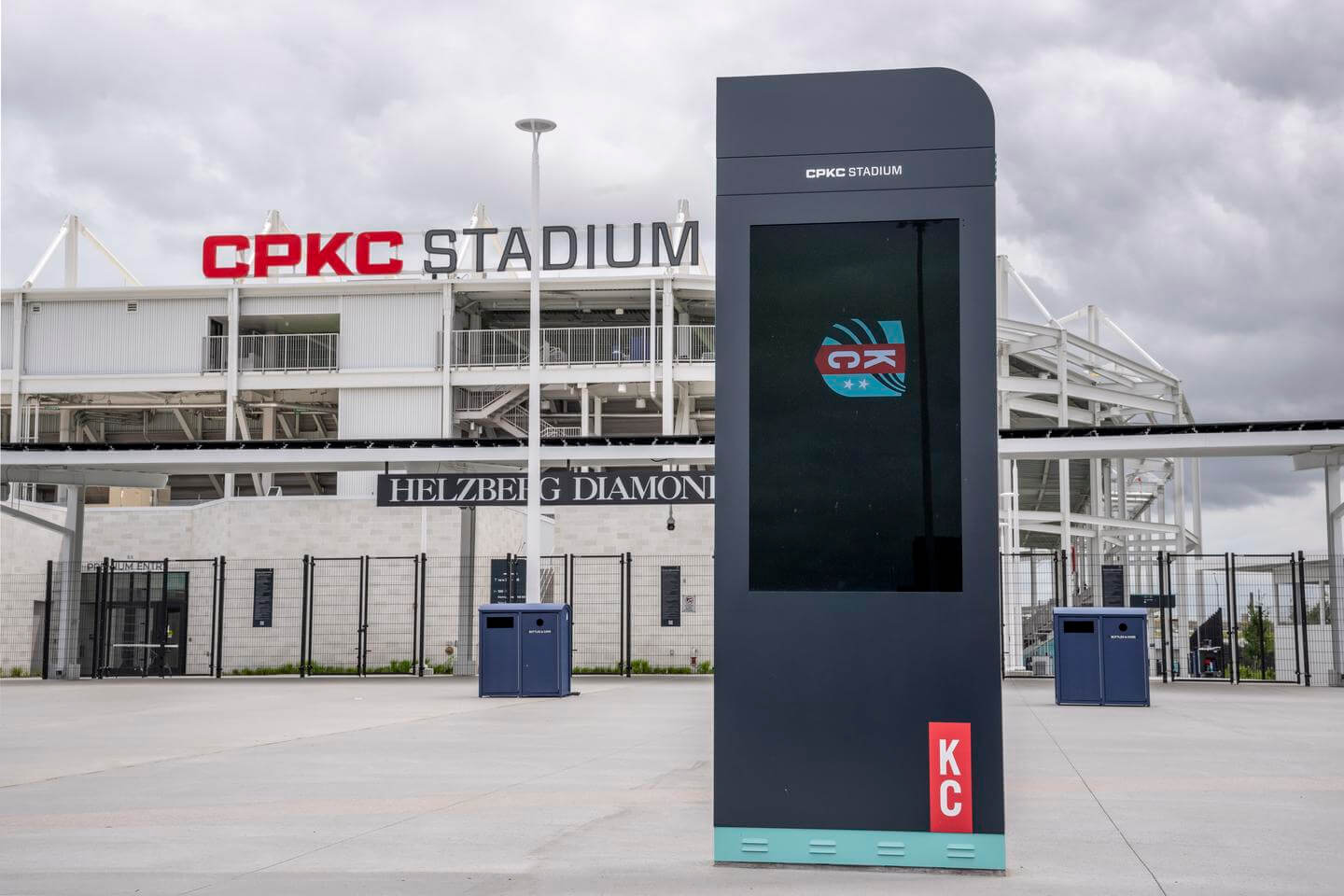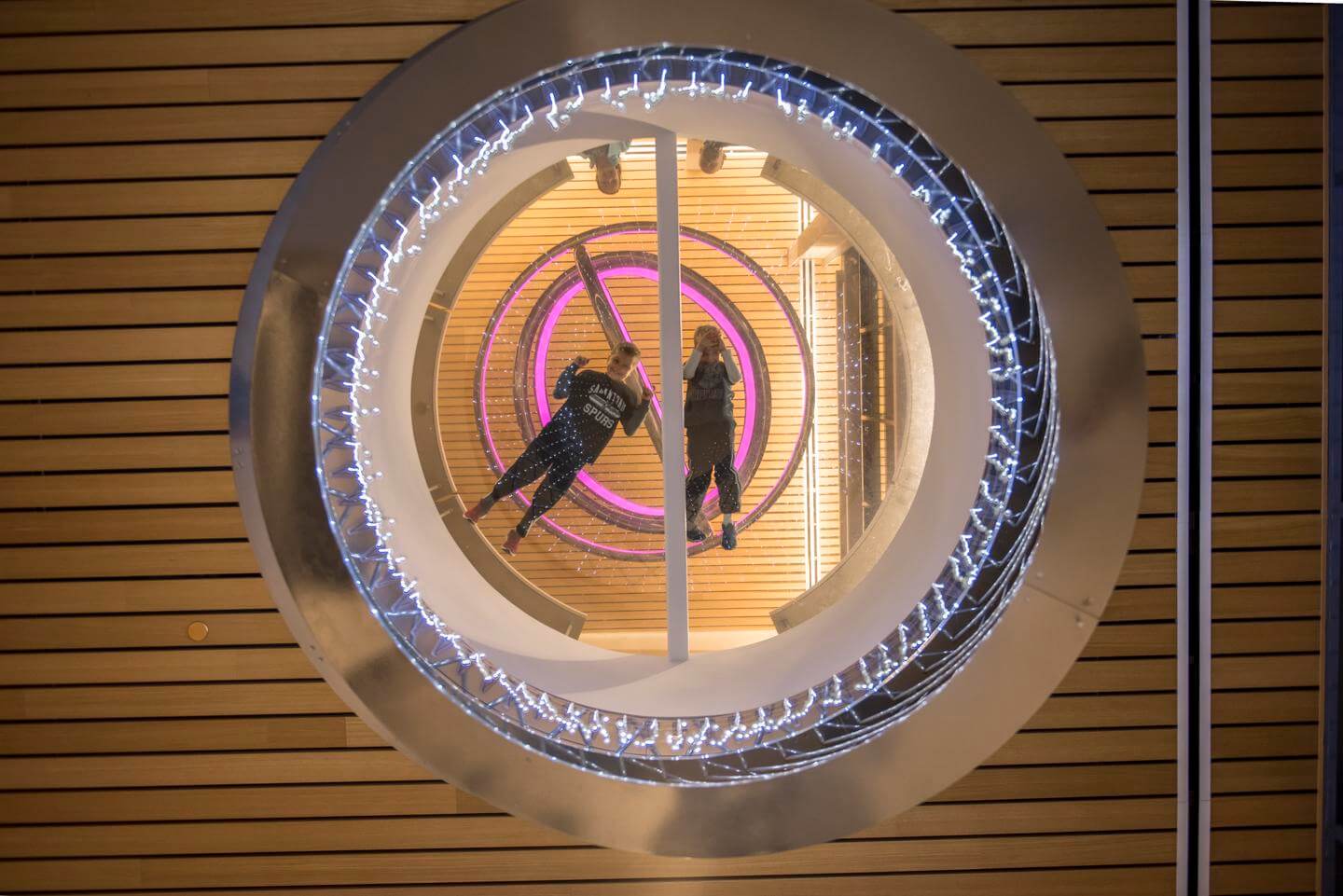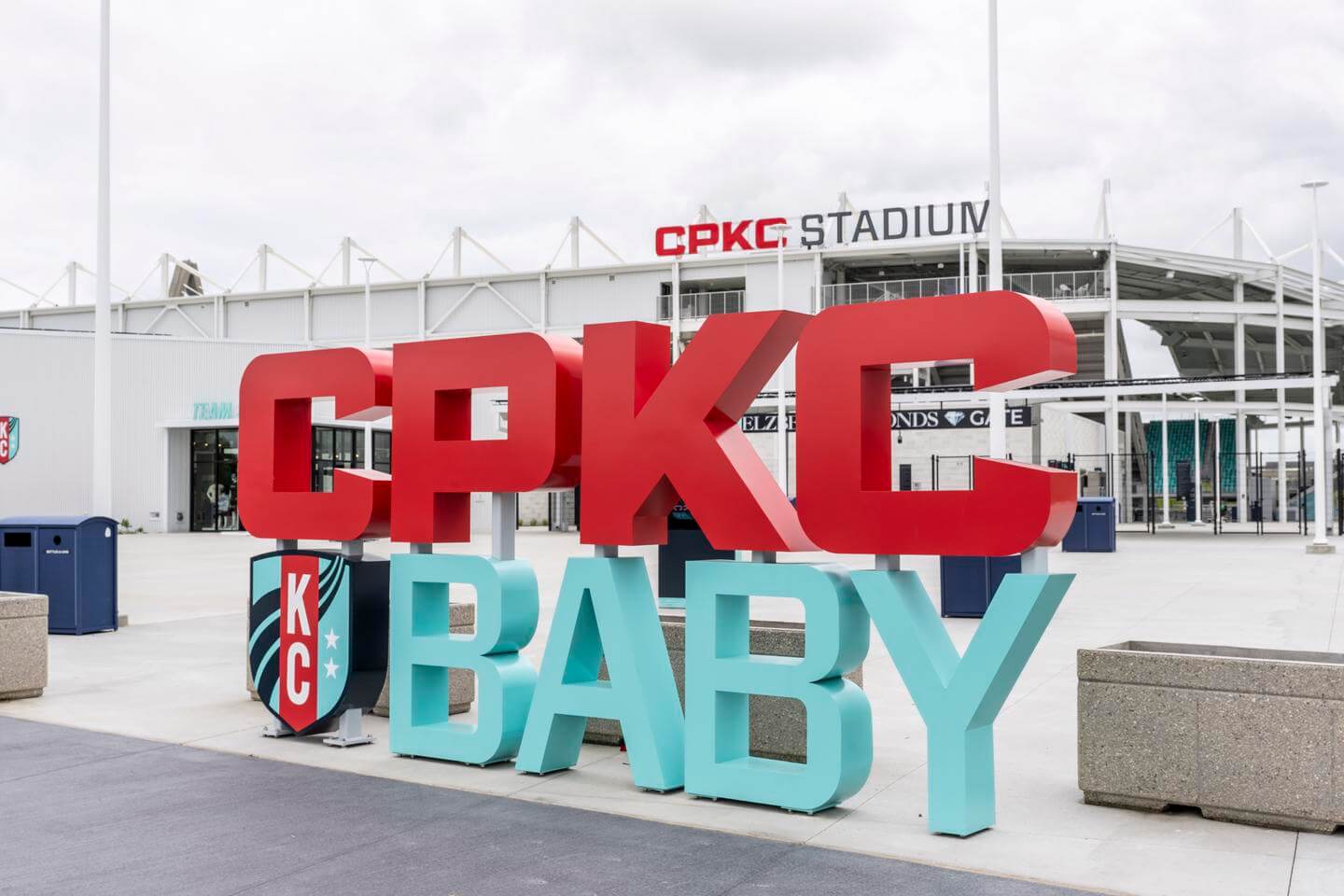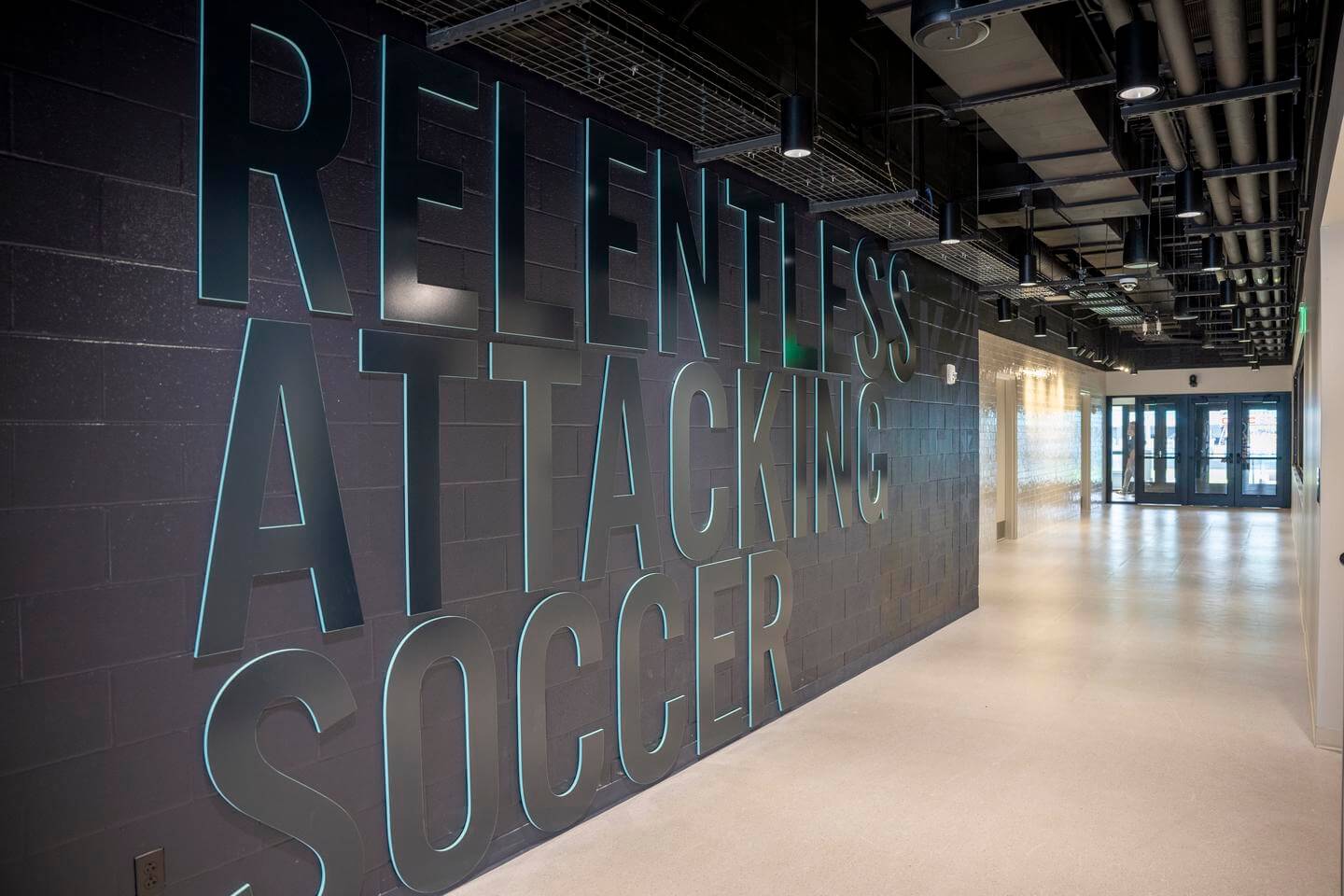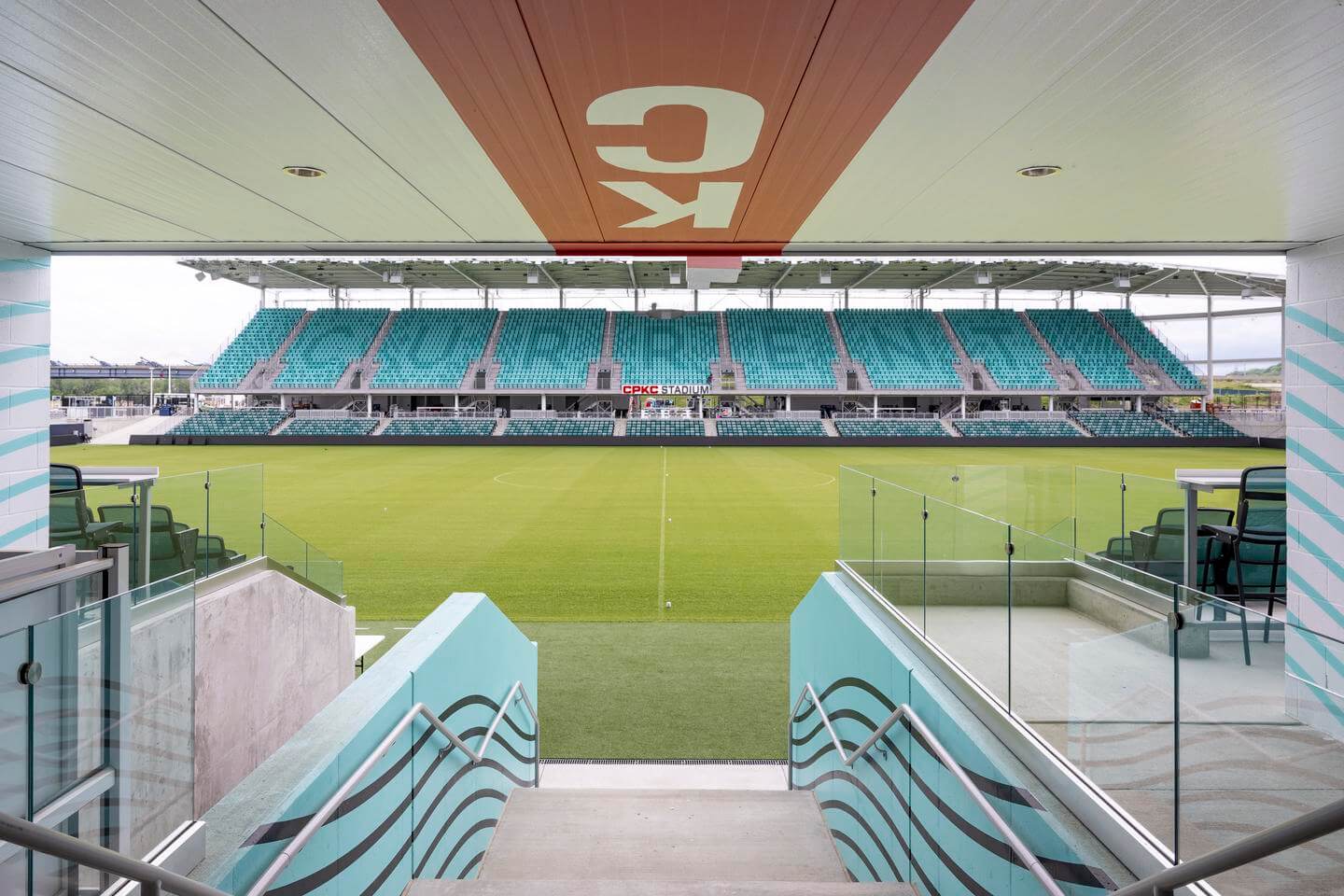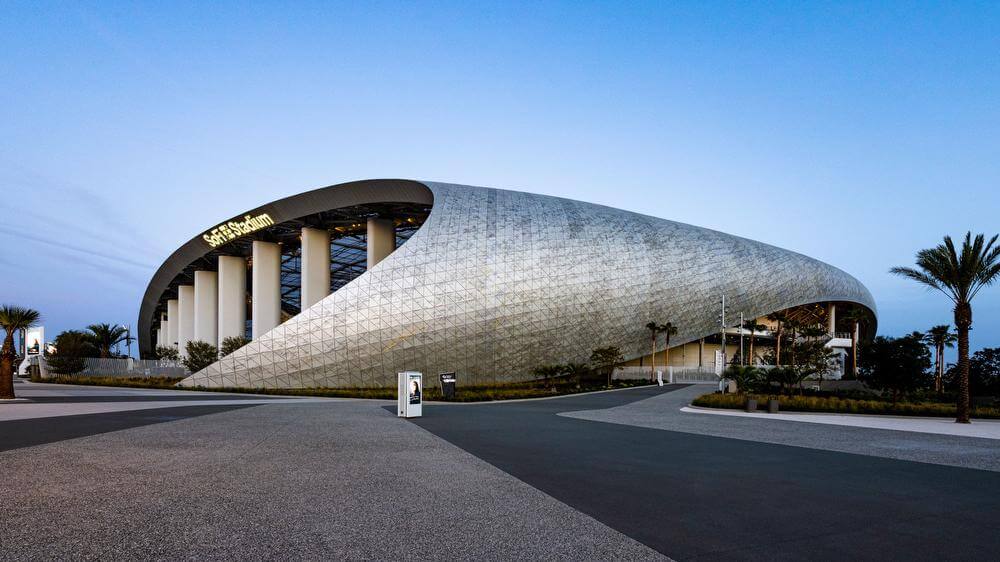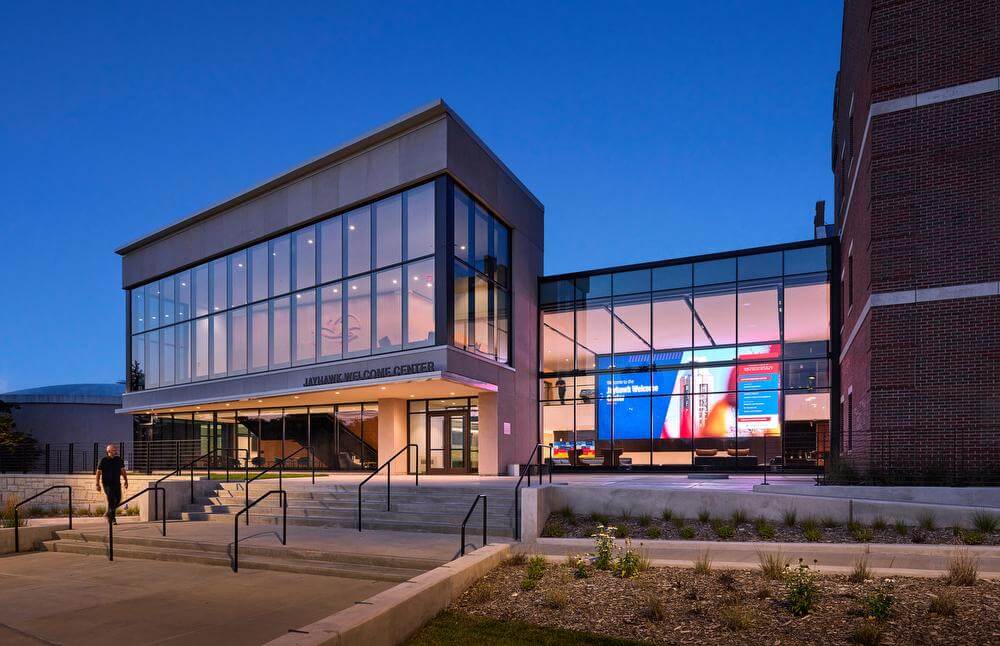The recent growth of women’s sports has been nothing short of transformative. Beyond its cultural significance, this surge in interest is also economically meaningful, offering untapped revenue streams and reshaping fan expectations. Women’s sports are no longer seen as niche or secondary to their male counterparts; instead, these leagues are becoming leading drivers of innovation and investment in the world of sport.
Major tournaments such as the FIFA Women’s World Cup have seen exponential viewership increases in a testament to the growing appetite for female sports content. Similarly, women’s basketball, soccer and tennis continue to gain traction in both media rights and sponsorship deals.
Women athletes are capturing global attention, inspiring future generations and building powerful fandoms. For sports venue owners and investors, this trend signifies more than just an opportunity for brand alignment — it suggests a fundamental shift in ROI potential. Enhancing the sports stadium experience for women’s sports fans is becoming a strategic priority, particularly when paired with experience design.
Upgrading facilities to accommodate larger crowds, improve accessibility, and create welcoming environments is critical for capturing emerging revenue. As expectations for in-venue and digital experiences evolve, staying ahead of the curve can enable sustained success.
The Business and Financial Impact of Women’s Sports
The financial landscape of women’s professional sports is rapidly expanding. From media rights acquisitions by ESPN and CBS Sports to endorsement deals with major brands such as Nike, Google and Visa, the business of women’s sports is now viewed through the lens of long-term profitability.
According to Deloitte, women’s sports are expected to generate over $2 billion in global revenue in 2025. That figure includes revenue streams from ticket sales, merchandise, broadcasting deals, and sponsorships; women’s sports sponsorships are becoming increasingly attractive thanks to high engagement rates and loyal fanbases.
Brands are leveraging these partnerships not just for visibility, but also to align with values, making sports branding for women’s leagues both financially and socially resonant. For example, Ally Financial’s multi-year sponsorship deal with the National Women’s Soccer League (NWSL) not only increased Ally’s brand awareness but also contributed to a 71% rise in viewership for the NWSL’s championship game. The campaign was driven by a commitment to equal media spending between men’s and women’s sports, positioning Ally as a purpose-driven brand and creating a strong connection with socially conscious consumers.
Companies that want to reach Gen Z and millennial audiences find female athletes to be authentic brand ambassadors with meaningful influence. We can look to stars such as Livvy Dunne, the Louisiana State University gymnast who partnered with retailer American Eagle as part of its initial NIL (name, image, and likeness) strategy. As a social media powerhouse with millions of followers, the partnership with Dunne proved highly effective; when she wore a specific pair of American Eagle jeans in her content, the brand saw an immediate spike in sales. This ability to drive measurable business impact while maintaining connection with fans showcases how female athletes can outperform other influencers.
These brand-athlete collaborations don’t just live online; they’re increasingly moving into the physical realm. As fans look to learn more about the values and personalities behind their favorite athletes, there are new ways to bring these stories to life through in-person interaction.
To meet the moment, venues are adopting experiential marketing in women’s sports to retain and grow their audiences. Tailored hospitality, luxury lounges, and other touchpoints offer sports fans a more personalized and tangible connection to their favorite teams and players. After all, fans today are more than just passive viewers; they’re active participants who advocate online and through word-of-mouth, attend games and events, and buy gear to publicly display their pride.
For venue owners, the opportunities are abundant:
- Invest in sports venue upgrades that cater to the preferences of female sports audiences, including expanded restrooms, family-friendly seating, and premium amenities.
- Develop training facilities to support expanding women's sports, from youth academies to professional teams.
- Integrate messaging with immersive technology, such as LED screens, projection mapping and branded interactive elements that elevate the fan journey.
Challenges and Opportunities for Women’s Sports Venues
Despite the boost in popularity, infrastructure for women’s sports still lags far behind men’s. Many women’s teams play in outdated or undersized facilities, limiting attendance and hindering the overall fan experience.
Facilities designed for men’s sports often fail to provide equitable access to amenities and exposure for female athletes. Venue owners can address these disparities by creating environments that are functional, modern and inclusive:
- Retrofitting exisiting spaces for flexibility and accessibility to accomodate both women's and men's sports without compromising either experience.
- Investing in multi-use stadiums that provide community programming, health and wellness amenitites, and event hosting capabilities.
- Improving merchandising zones, concessions and seating with inclusive design principles that support a more diverse audience.
Moreover, embracing sustainability and tech-forward thinking can set venues apart. Smart venues with data-tracking capabilities, touchless systems, and digital engagement can increase operational efficiency and fan satisfaction simultaneously. These features also help venues achieve Leadership in Energy and Environmental Design (LEED) certification, appeal to environmentally conscious fans, and cut down long-term costs.
Some successful design strategies include:
- Interactive zones powered by augmented reality (AR) or virtual reality (VR) technology, allowing fans to easily view highlights, take virtual selfies with players or engage in simiulated games.
- Customizable, modular spaces that can shift between sports seasons or serve as community centers.
- Enhanced branding opportunities through custom fabrication that turn the venue into a living canvas for storytelling and sponsor engagement.
Innovations in Women’s Sports Fan Engagement
One of the liveliest areas of growth is fan engagement in women’s sports. Technology is enabling richer, more immersive interactions between fans and teams; from AR/VR experiences to real-time mobile app updates, the game-day experience is being redefined for modern audiences. These digital tweaks can drive loyalty and increase dwell time at venues, ultimately boosting revenue.
Social media remains an outsized factor for building loyal followings, with digital platforms such as TikTok, Instagram, and X (formerly Twitter) steadily fueling interaction. Women athletes are among the most followed and influential figures online, creating authentic connections that transcend the arena; athletes like Simone Biles, Megan Rapinoe, and Naomi Osaka have cultivated global platforms that champion mental health, equality, and empowerment. Digital storytelling and live streaming amplify these relationships, turning athletes into movements.
The smartest venues are starting to:
- Deploy AI tools for personalized fan journeys, such as tailored ticket offers, interactive seating maps and custom merchandise recommendations.
- Implement real-time polling and gamification through stadium apps to give fans a voice and keep them engaged throughout events.
- Introduce interactive displays and mobile-first ticketing systems that respond to evolving fan needs and reduce friction.
While these innovations elevate the sports stadium experience, they also offer measurable insights into fan behavior that are vital for refining venue operations and marketing strategies. Tracking insights like dwell time, merchandise purchases, and digital interactions can help drive continuous improvements.
With women’s sports on the upswing, there’s a growing expectation for experiences that reflect the energy of the athletes themselves. Through the marriage of storytelling and cutting-edge tools, venues that invest in innovations won’t just be places where games are played—they’ll become hubs of culture, community, and change.
New Trends in Women’s Sports Facilities and Brand Engagement
Purpose-built women’s sports venues are beginning to appear, reflecting the wider shift from peripheral programming to main-event status.
The NWSL’s Kansas City Current constructed the first stadium designed specifically for a women's team, signaling a broader change in infrastructure philosophy. Investments like these send a strong message: women’s sports deserve dedicated spaces that celebrate their identity and potential.
As the industry matures, venues are reimagining what it means to serve female athletes and their fans. Some of the top facility trends include:
- Hybrid-use facilities that offer event space, retail, and wellness amenities for year-round programming.
- Enhanced brand activations designed around experiential marketing, such as pop-up exhibits, sensory tunnels and sponsor-hosted community events.
- New data systems that monitor and optimize engagement and operations, informing decisions around staffing, inventory and layout.
Forward-thinking organizations is a commitment to social progress. Through thoughtful experience design, venues can create immersive narratives that celebrate diversity, inclusion and achievement while engaging both existing and emerging fan bases.
The Future of Women’s Sports Business and Experience Design
To say that the future of women’s sports is promising would be an understatement; it’s quickly becoming one of the most influential growth engines in the entire industry. From skyrocketing viewership to transformative partnerships, women’s sports are reshaping fan expectations, business strategies, and cultural conversations. For sports venue owners, these factors all present a pivotal investment opportunity, especially when combined with experiential fan engagement and branding innovations.
Revenue from women’s sports will continue to rise amid surging interest and investment, but capitalizing on that growth will require meaningful updates to physical infrastructure that reflect the expectations and preferences of today’s diverse, digitally connected sports fans. At the core of these enhancements is experience design — an essential tool for attracting, engaging and retaining audiences in ways that feel immersive and personal. By incorporating immersive technology and custom fabrications, venues can build stronger brand identities and create memorable moments that keep fans coming back.
Stakeholders should act now — invest in women’s sports, improve venues, and join a movement that’s as impactful socially as it is economically. With purposeful planning and bold creativity, the next chapter of women’s sports will be defined by business innovation, fan passion and purpose-driven design.



